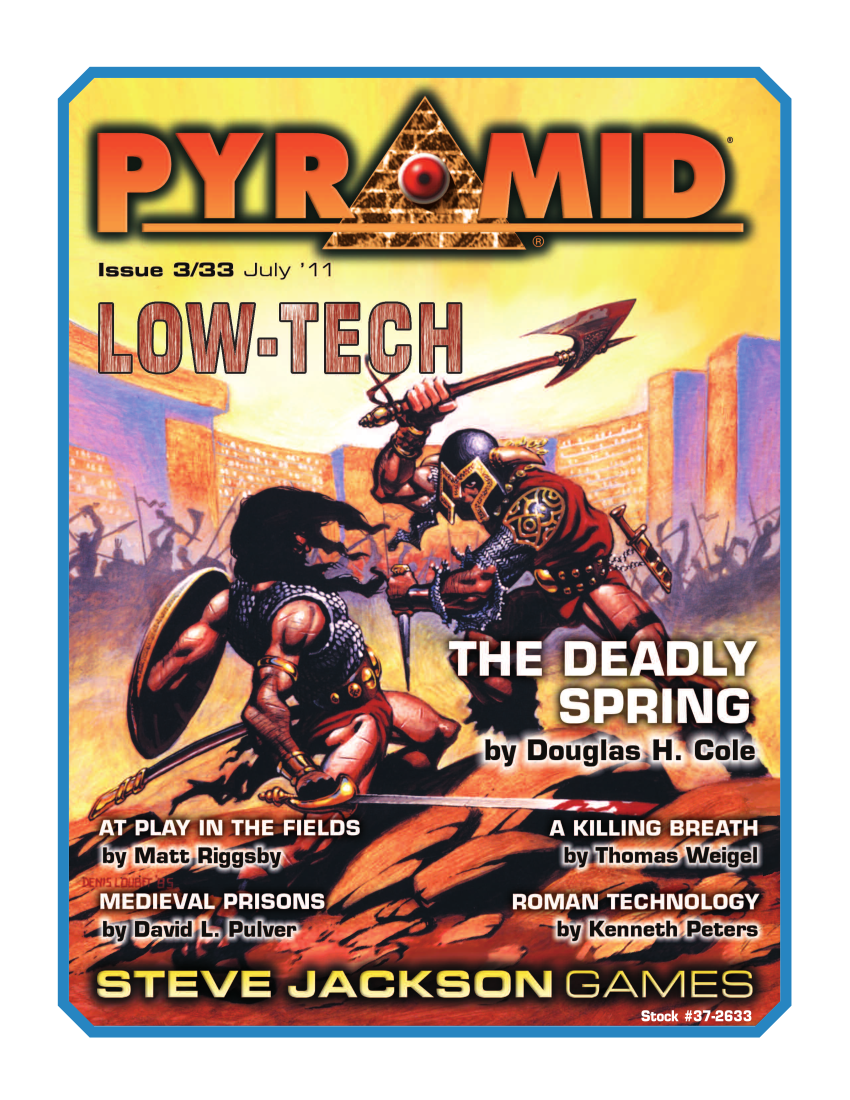Malik
 Auror
Auror
I should have been clearer and pointed out that I meant steel remotely comparable to today's steel. Testing, say, a 5160 arrowhead against a set of welded mail made from spring-tempered 01 tool steel, is not remotely the same as using what was available in, say, the Early Middle Ages. I've made shear steel by hand. It is a ridiculous amount of work for even one small tool, and the quality is definitely hit and miss.This could probably come down to a definition of steel. Low-carbon steel, or pretty much iron that got some carbon in it in the process of being made, was around sort of by default, if my memory serves. For most of medieval times, good steel was maybe used in small tools when it was made at all, not things you fling through the air and lose in battle.

 Sage
Sage
 Myth Weaver
Myth Weaver Archmage
Archmage
